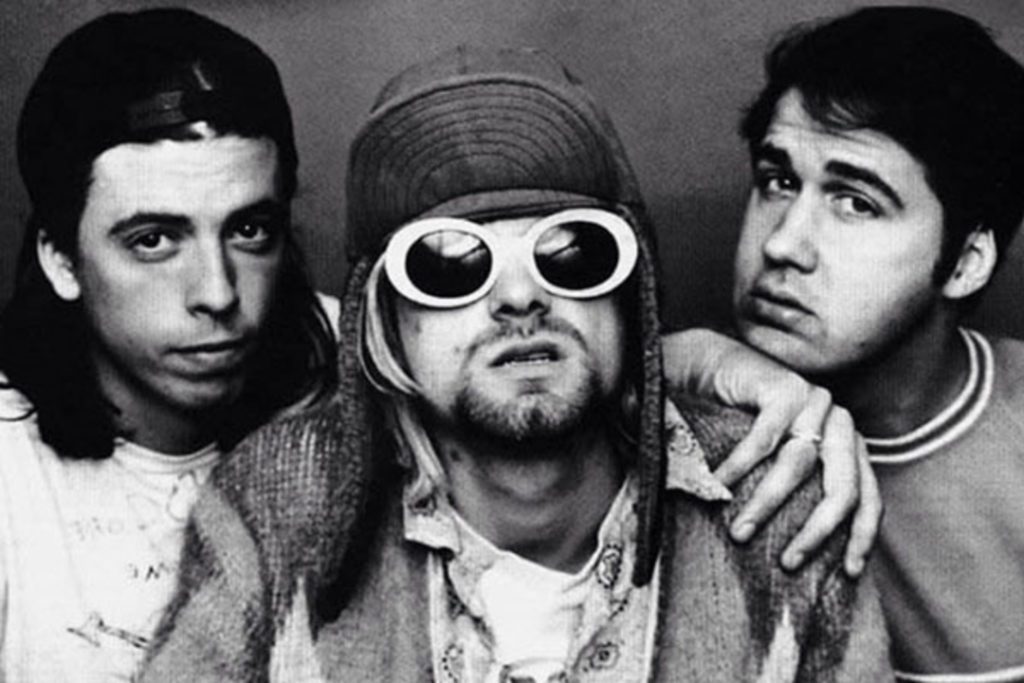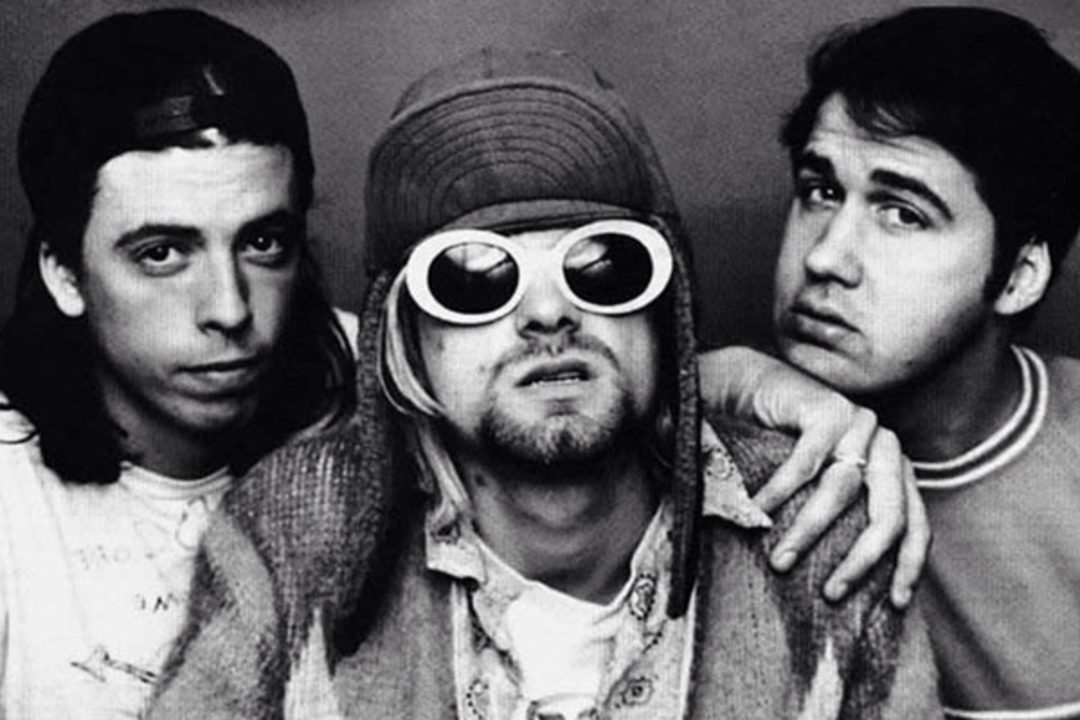
In the luminous haze of the early ’90s, hair metal’s excesses dominated, and pop melodies entranced. But from Aberdeen, Washington, a distinct sound was about to change everything. Nirvana’s “Nevermind”, released on September 24, 1991, catapulted grunge into mainstream consciousness, redefining rock’s boundaries and societal conventions.
The stories embedded within Nirvana’s “Nevermind” are as captivating as the tracks themselves. The now-iconic album cover featured an infant named Spencer Elden, seemingly reaching for a dollar bill while submerged underwater. This visual, stemming from a straightforward shoot that cost a mere $200, became symbolic of the band’s commentary on capitalism and innocence. Then, there’s the mysterious hidden track, “Endless, Nameless.” Absent from the original album’s listing, this sonic exploration epitomized the band’s penchant for the unexpected.
Choosing the album’s title wasn’t a straightforward task. While “Nevermind” eventually became the chosen emblem of this grunge masterpiece, names like “Sheep” and “Too Many Humans” were contenders, hinting at the band’s disinterest in conforming to norms.
But beyond its creation, the cultural implications of “Nevermind” were monumental. The single “Smells Like Teen Spirit” wasn’t just a song; it was an anthem. As Cobain’s raspy voice resounded with lines like, “Here we are now, entertain us,” an entire generation felt seen and heard. This was rock stripped of its excesses, presenting its soul bare for all to witness.
“Nevermind” also signaled the mainstream arrival of grunge, a genre previously relegated to underground clubs and garages. This style, characterized by its distorted guitars, contrasting song dynamics, and candid lyrics, began to influence bands globally. The album’s reach was further amplified by its producer, Butch Vig, whose production techniques made it more accessible to a broader audience without diluting its raw energy.
The album’s aftershocks permeated far beyond music. Fashion saw a surge in flannel shirts, torn jeans, and combat boots – the grunge look. The grandiosity of the ’80s was overshadowed by the authenticity and rawness that bands influenced by “Nevermind” brought to the fore. And even after Cobain’s untimely passing in 1994, the echoes of this album continued to influence artists across genres, solidifying its place in music history.
Today, with over 30 million copies sold worldwide, the legacy of Nirvana’s “Nevermind” is undisputed. New bands continuously reference its profound influence, and its tracks remain radio staples. In an era of change, “Nevermind” was not just a commercial success but a movement — a testament to the power of music to resonate, challenge, and inspire.




Leave a Reply